“They had a well organised, established business, with shift patterns for those involved”
17:05, 10 Nov 2025Updated 17:15, 10 Nov 2025
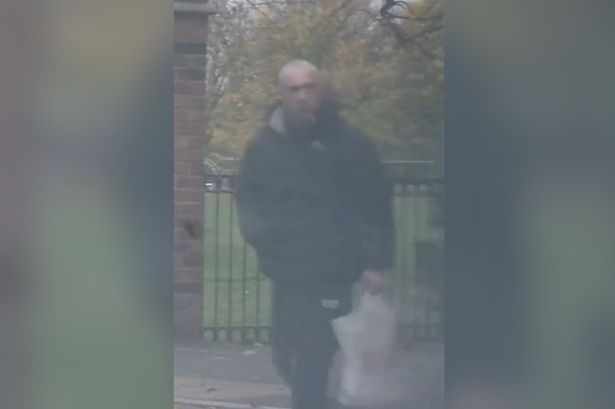 Lee Campbell caught on surveillance leaving Philips Park in Manchester
Lee Campbell caught on surveillance leaving Philips Park in Manchester
For days, police watched Stephen Quinn’s working day.
He would leave his home at 11.30am in his Fiat Doblo and then drive to various addresses in east Manchester.
Making an Aldi supermarket car park off Ashton New Road, Clayton, his base, he would make regular short excursions – toing and froing across the suburbs of Tameside and Manchester.
The reason for his journeys would soon become clear, and in 2024 they formed the beginning of a covert investigation.
That trail ended with the dismantling of a £1.6m drug empire which had remained off-radar for years.
The leader of the group was Lee Campbell, brother of murder victim Thomas Campbell.
After taking over his brother’s operation, police discovered his secret. Never keep drugs at property linked to him or other members.
And Ouinn, police found, formed a key role in the running that well-established drugs line.
 Carlo Tomasselo (left) and Lee Campbell caught on surveillance by GMP
Carlo Tomasselo (left) and Lee Campbell caught on surveillance by GMP
In the shadow of the Velodrome and Manchester City’s Etihad Stadium, officers discovered Campbell would bury drugs in Philips Park.
It was just across the road from where he lived.
In one startling piece of secretly filmed footage, the 43-year-old was captured burying 2.5 kilos of cocaine in a “hide” inside the park.
Once buried, it was neatly trodden down and covered with leaves, to be dug up and distributed later.
The surveillance operation captured another gang member, Carlo Tommasello, walking into woods at Philips Park in on six occasions.
Detective Constable Kevin Jenkinson, investigating officer for the operation said: “There has always been a massive suggestion that Thomas Campbell was heavily involved in [drugs].
“There were numerous attempts with the issuing of warrants to get evidence which were unsuccessful. The only conviction that other teams got was a money laundering offence,
“Following his murder it went quiet. Then we had information that the drugs line was up and running and that’s when we started our investigation.
 The 17 bags of drugs recovered from Philips Park in Manchester
The 17 bags of drugs recovered from Philips Park in Manchester
“We got intelligence that the empire was continuing.
“They have been well known in that area for decades and Thomas was quite clever – he was never caught. But we targeted the drug line then worked backwards through the hierarchy until we eventually got to Lee Campbell.
“It was quite well organised in that the runners who were doing the delivery almost appeared to be on a shift pattern. You knew who was working what day. Stephen Quinn was the biggest contact in the drugs line. He featured most heavily with hand to hand dealing.
“Our investigation began with Quinn. He had already been arrested early in January. When we analysed the data around the drug line more calls were being made to him than he was making to the line. For us that is indicative of someone that is complicit, not a customer.”
Police analysed raw phone data from a network provider regarding who was being called and when. Quinn was living in Oldham at the time, and did not lead a lavish lifestyle.
“He was arrested by a neighbourhood team in January [2024] and some of the evidence they gathered at the time, although unbeknownst to them, became quite relevant further down the line.
“The drugs that were seized were in certain types of packaging – certain types of pots and that is what became consistent in other warrants… It was a branded smell-proof pot with a red lid.
“We found the same type of pot in multiple searches. He was found with quite a lot of cash and cocaine at the time and the drugs were stored in these pots.
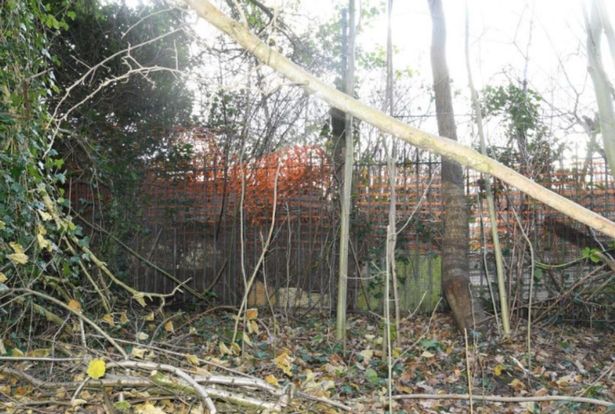 One of the hides in Philips Park used by the Campbell drugs gang
One of the hides in Philips Park used by the Campbell drugs gang
“He was stopped in a car in Clayton and it was found in the boot. He was with his mother-in-law at the time going to get a butty. He was stopped at the junction of North Road and Ashton New Road in a random stop check – that was before our investigation started.”
Last week, seven members of the drugs gang led by Thomas Campbell before his murder were sentenced.
Campbell had been brutally murdered in his own home in Mossley, Tameside, in 2022, after his ex-wife plotted with a gang of robbers who pounced on him as he walked into his home.
Following his death, his brother Lee Campbell ‘took control’ as the head of the Campbell organised crime group, prosecutor Emma Swindel told Manchester Crown Court on Friday (November 7)..
Investigators identified a ‘graft line’, the mobile phone number used to supply drugs, and this led police to other members of the gang who shifted 16.5 kilos of class A drugs between March 14, 2024, and January 30, 2025.
And the operation, the Manchester Evening News was told, only began to unravel when police began pulling at the thread linked to Quinn.
 Lee Campbell inherited the business from his younger brother Thomas(Image: GMP)
Lee Campbell inherited the business from his younger brother Thomas(Image: GMP)
Detective Constable Kevin Jenkinson added: “Once we had identified him as the main runner our surveillance started on him. We monitored when he was coming and going from his address. He was leaving at 11.30am every day – like he was leaving for work.
“And by 12 noon he was active on the drug line. He was in a Fiat Doblo van and driving to Clayton or Beswick. He went to numerous addresses but the common theme was that he met with Lee Campbell ultimately.
“He was very busy, and was seen going from person to person and exchanges would take place. He based himself at Aldi on Ashton New Road – a small retail park. He would stay there, do deliveries then come back.”
Quinn was arrested earlier on in the investigation after failing to attend court for a driving offence. When neighbourhood police locked him up he was found with a debtors list, a small amount of cash, and more cocaine.
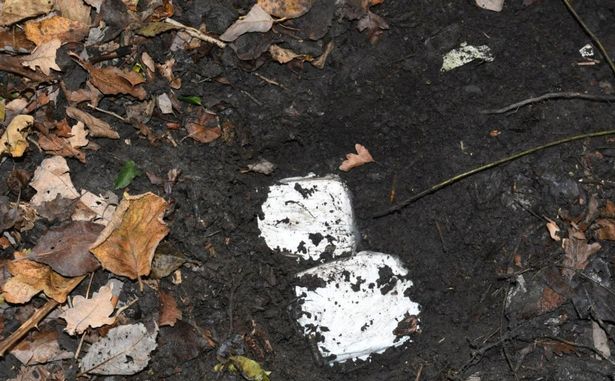 Cocaine found buried by Lee Campbell
Cocaine found buried by Lee Campbell
The snap bags containing the drugs were two types – plain, and one with stars o. According to GMP, this was a way to devise selling two types of products: “raw cocaine, the higher quality stuff – and then the lesser quality”.
But when police arrested Lee Campbell at his house there was nothing there other than mobile phones.
Detective Inspector Claire Moss told the M.E.N. the force had a long standing intelligence picture gang members did not store drugs at their home addresses.
DC Jenkinson said: “The drug line was operating mainly in north Manchester and the east side – Beswick, Clayton, Droylsden, Newton Heath.
“They were localising what they do, which is probably why they were able to keep a lid on it for so long.
“We moved on to Lee Campbell with our surveillance and with our first deployment we saw his routine – he would meet Carlo Tommasello, go to the gym, and have breakfast.
“But on the first deployment after the morning routine of doing that he goes to Tommasello’s house, drives to a street just off Philip’s Park near the Velodrome, parks his car up and is observed walking into the park towards an allotment at the back.
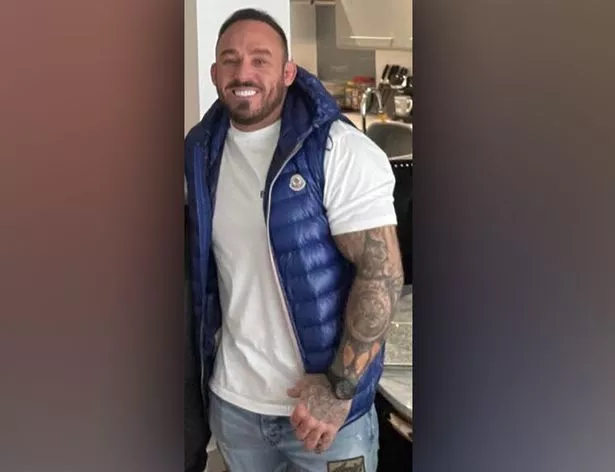 Thomas Campbell was murdered in 2022(Image: GMP)
Thomas Campbell was murdered in 2022(Image: GMP)
“He is seen taking a path along there then cutting into the woods and then after a short while comes back out, it was during day time. That is what supported the suspicion that he was burying something.”
Police believe the drugs were coming via Dubai contacts. Campbell was filmed burying the drugs using a small trowel.
DC Jenkinson said: “When he goes to bury it, he has a bag on his back and undoes his jacket with bags strapped under it.
“There were 17 packages in total – all cocaine and all packaged in smell-proof pots with red star labelled snap bags.”
“Two pots had a bulk amount, one high purity, one low, and the remainder of them were bags prepared for sale – like 50 snap bags which he would pass to his runner.
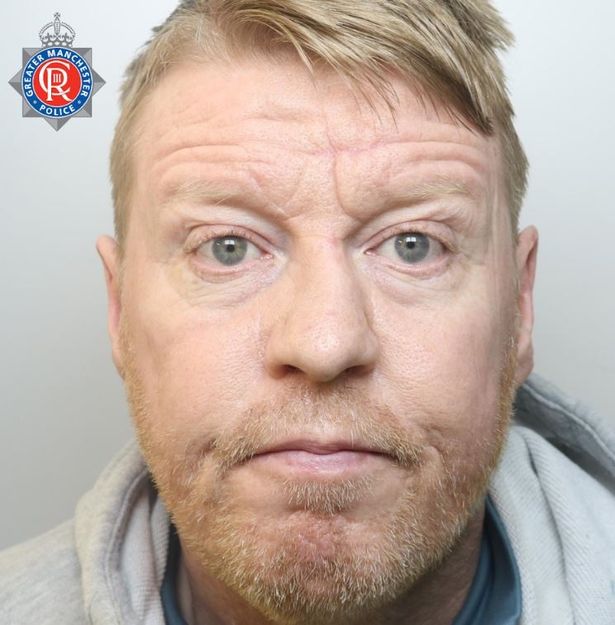 Stephen Quinn,
Stephen Quinn,
“He was even in there one Saturday when people taking part in a park run were going by on the path. It was an indication of how confident that group was”
Campbell was captured on police surveillance going into the park six times. After he had buried the 17 packages at night, police went to recover it the next day and later arrested him at his home as he had brew and a mince pie.
The value of the cocaine recovered from Philips Park was £95,600. But a debtors list recovered on the strike day had 27 days worth of debtors.
Police calculated that over nine months the drug line had suppled drugs worth £1.6m.
Part of Lee’s basis of plea was that his brother left a £100.000 debt which is why he took over the drugs line.
Police recovered 2.5 kilos of cocaine in the park. DI Moss said “They had operated in Clayton for years under the radar and not been touched because they are not young kids going out shooting and stabbing. They had a well organised, established business, with shift patterns for those involved – who has the line at what time, who is doing the dealing. Even when Stephen Quinn was taken out our phone work indicated that they quickly regrouped and re-staffed
“That is how organised they were – one of their main people gets taken out, and they are replaced, and carry on. Perhaps because they are not involved in violent offences, people think the harm is not going on in the community.
“But the amount of time they have been dealing they are making an absolute fortune and exploiting people in that area. For us to infiltrate that group and take down the whole organisation is massive.”
 Packs of cocaine ready to sell which were recovered during the investigation into the Campbell family drugs line
Packs of cocaine ready to sell which were recovered during the investigation into the Campbell family drugs line
“They know the area, know who they can trust and have exploited that. There is a suggestion that other hides were used other than Philips Park but we have never located them.
“They are walking through the streets during the day with an Asda carrier bag full of drugs – because they were so confident that they thought they were untouchable.”
DC Jenkinson said: “When we caught [Campbell] burying the drugs he had a backpack on his back and then underneath his bubble jacket he had a bag strapped to his front, he buries it – realises the hole is not big enough for what he has got so he has to take it all out, dig further down and then re-bury it again.
“He had done a good job, stamped it all down and thrown a load of leaves on it. There was a bit of string we had found which we thought may have been a bit of marker for him.
“He has had quite a few lavish holidays – he paid £8,000 for a trip to Mexico, and about £60,000 of designer clothing was seized from his address. He bought a Transit Custom, bought a Mercedes A class too.
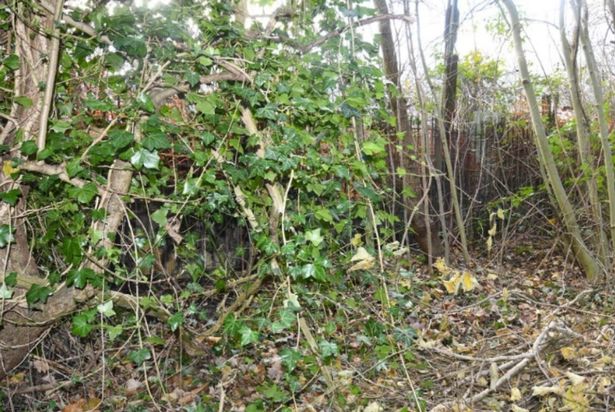 The location of a “hide” used to stash drugs
The location of a “hide” used to stash drugs
“He had a bank account as he was in receipt of state benefits – Universal Credit. He was in the game of breeding XL Bullies which ended when new legislation came in. He lived in housing association property near the Etihad.”
Quinn was in receipt of benefits for a bad back. No cash was recovered.
The investigating team also found that Carlo Tommasello and Kelly Blundell were identified as working closely with Campbell in running the line, while Blundell was also involved in the preparation of the cocaine for supply from her home.
A further four individuals were identified as being involved in the delivering of drugs, these being Stephen Quinn, Mark Salinger, Mark McGrath and Paul Taylor.
During a search of Taylor’s home, detectives found a debtor’s list which amounted to around £40,000, and that he had been communicating internationally, indicating the scale of the organised drugs supply operation. Cocaine, a large quantity of cash, and a mobile phone were also seized.
Drugs seized from Salinger’s address were estimated to the street value of £85,680.
Manchester Crown Court was told Lee Campbell was, who was said to be receiving therapy for his brother’s death, was in contact with numbers abroad to source drugs, according the prosecution.
The Recorder of Manchester Nicholas Dean KC said: “Effectively Mr Campbell was running the family business. He wasn’t running a corner shop and nor was he running a hypermarket. It was somewhere between, perhaps a small supermarket.”
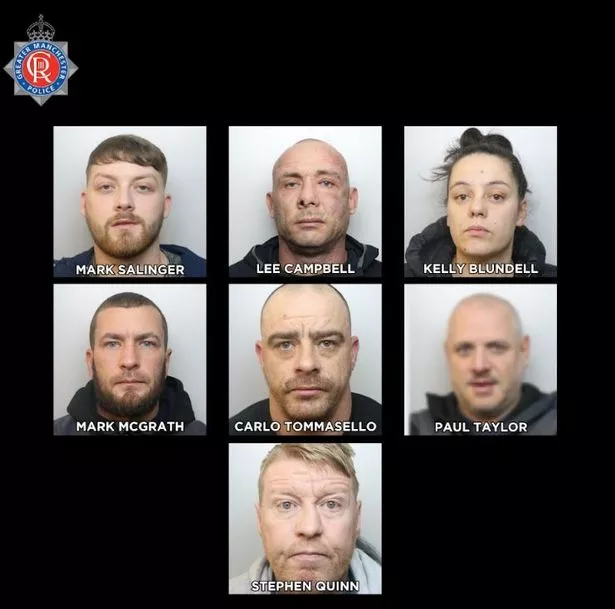 Members of the Campbell crime gang who have been jailed.
Members of the Campbell crime gang who have been jailed.
Quinn, who had 13 previous convictions to his name including one for possession of crack cocaine, who the prosecution say acted as a street dealer ‘on a significant scale’, had ‘little influence on others’ in the gang and had ‘shown incite’ into his crimes, according to his barrister Amy Weir.
Recorder Dean told the court: “The conspiracy was led by Lee Campbell. I accept that Lee Campbell took over the business from his brother Thomas who was murdered in 2022. That, it seems to me, amounts to little by way of mitigation although I accept his brother’s death will have had a significant impact on him.”
He said Lee Campbell had played a ‘leading’ role as it was ‘essentially his business’. The judge told the defendant: “You played without doubt a leading role. This was essentially your business. You were operating essentially for profit and the conspiracy involved a really large number of individuals and a really large quantity of drugs.”
 Campbell on CCTV in Philips Park
Campbell on CCTV in Philips Park
Lee Campbell, 43, of Lightfoot Walk in Beswick in east Manchester, was jailed for nine years and four months.
Kelly Bundell, 37, of North Road in Clayton, east Manchester, was jailed for two years and eight months.
Mark McGrath, 41, of Heather Street in Clayton, was jailed for two years and eight months.
Stephen Quinn, 57, of Edge Lane in Droylsden, was jailed for three years and four months.
Mark Salinger, 23, of Ladylands Avenue in Clayton, was handed a two-year jail sentence but the sentence was suspended for two years. He must also carry out 150 hours of unpaid work within 12 months.
Paul Taylor, 42, of Gleneagles Avenue in Clayton, was jailed for two years and eight months.
Carlo Tommasello, 38, of Droylsden Wharf Road in Droylsden, was jailed for four years and four months.
All seven defendants pleaded guilty to conspiracy to supply class A drugs between 14th March 2024 and January 30th 2025.
